#is that slow?
Text
Me when the themes and motifs connect in my brain

70K notes
·
View notes
Text
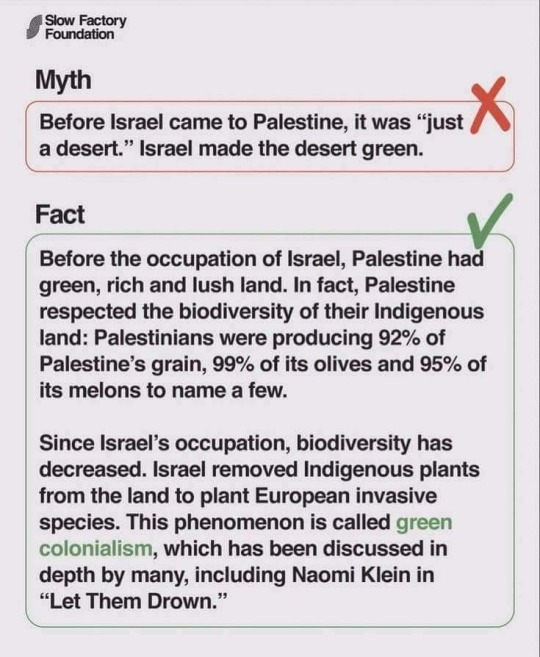
— via The Slow Factory on Instagram !
#green colonialism#palestine#free palestine#anti imperialism#anti capitalism#resources#the slow factory
16K notes
·
View notes
Text
(i Will go back to everlasting haitus if that GFM slows down too much btw, seeing it to its goal ASAP is my primary focus right now)
#i don't want to move the goalposts but i don't want donations to slow to a crawl just bc they are Halfway there#they obviously do still need to get ALL the way there to get the whole family out + get medical care they need#and they need it -quickly- and i -know- we -can- but it requires people besides me!#please help me help them
15K notes
·
View notes
Text
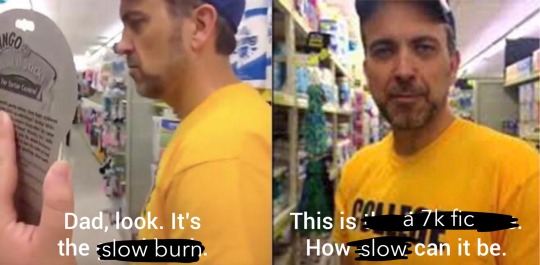
today’s ao3 experience
#homegrown meme farm to table courtesy of me seeing a 7k fic honest 2 god tagged slow burn#not even disgruntled just baffled tbh#ao3#joy do u think im funny
46K notes
·
View notes
Text

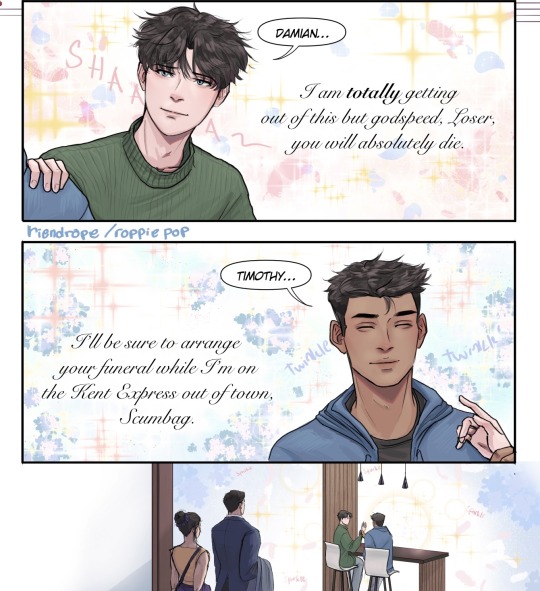
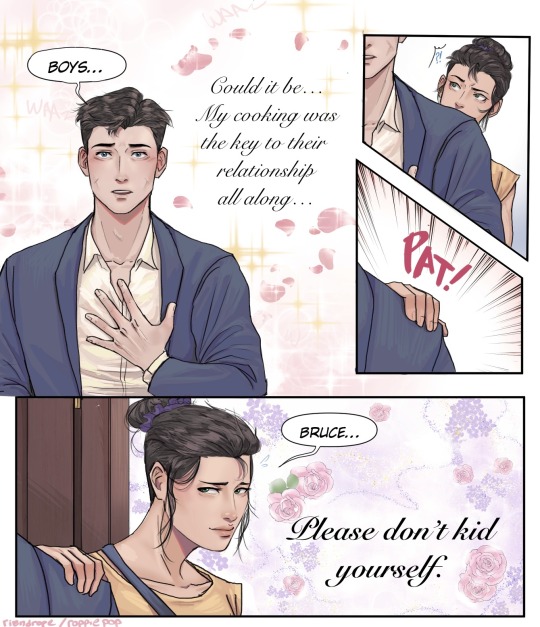
Who’s coming to the cookout?
#bruce wayne#tim drake#damian wayne#cassandra cain#batman#red robin#dc robin#batgirl#dc comics#batfam#batfamily#roppie tries to draw#WE ARE GOING TO IGNORE that comic where bruce seems to be able to cook now#bcs this has been in my drafts for literal years lmao thats how slow i am w these#this comic is also known as ‘wordless communication: how well your family knows you’#dont think too much abt the particulars abt any aspect of this ok 😃👍#i had fun playing around w how i color thinngs i hope its not too messy!!#WAIT DOES THIS SAY COOK-OFF I MEANT COOKOUT!!!!!!!!#(its not a roppie piece without a typo but please OTL read that as i intended im on the ground
10K notes
·
View notes
Text
favorite hobby when I'm driving is to catch someone trying to climb up my back bumper while I'm going a completely reasonable speed and just slowly take my foot off the gas. you seem upset, brother. why don't we slow down and enjoy the view awhile
#if you won't maintain enough space to stop if I have to slam on brakes then I will just have to go slow enough that it won't kill us both.#kisses 💜#goes double if you have your brights on#some guy tried to tailgate me with brights on in the rain at night a while ago and I was like beloved we are going 20 until you stop that.#like at that point it's not even spite it's literally that I can't see to safely go any faster than that#lights off back off go around or accept the pace I've set for us#I don't like driving. also.
20K notes
·
View notes
Text
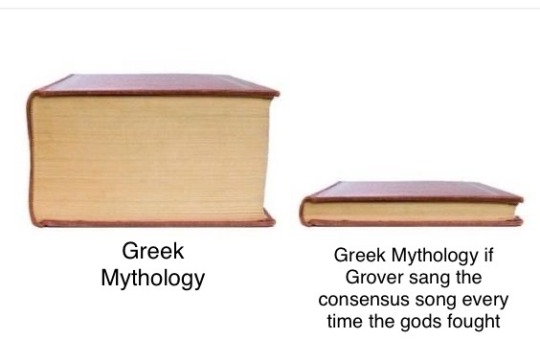
This is all I got from episode 5 actually
#gods: screaming their heads off … *slow clapping in the distance*#CONSENSUS#percy jackson#pjo#percy jackon and the olympians#percy jackson and the olympians#pjo tv show#percy jackson tv show#pjo spoilers#percy jackson the lightning thief#pjo series#grover underwood#the consensus song
17K notes
·
View notes
Text

chilchunk san
#dungeon meshi#chilchuck tims#my art#begging ryoko kui to release an extra chapter or mini comic about him visiting his family like PLS#i wanna draw more dungeon meshi but i think ive been burnt out these days saur ill take it slow 🦭
10K notes
·
View notes
Text


illya is so dramatic oh my god i love him
#yes im still on season 1 of mfu im very slow at watching tv shows#the man from uncle#mfu#illya kuryakin#napoleon solo#napollya#from season 1 episode 20#which was honestly hilarious im glad there was an illya centric episode it was fun#rex speaks#WHY DOES THIS HAVE SO MANY NOTES WHO ARE YOU GUYS
19K notes
·
View notes
Text

#beauty#beautiful ass#mavrin#nice buns#perfect round butt#spank my bum#spank my ass#spankable bottom#spank me daddy#amazing body#perfect back view#perfect bum#perfect butt#perfect wife#pantie#perfection#beautiful body#beautiful model#slow burn#blonde sexy#stunning#amazing beauty#lick my ass#adult model
8K notes
·
View notes
Text


I haven't posted in a while but <333
#jjk#jujutsu kaisen#gojo satoru#geto suguru#satosugu#stsg#stsgst#sugusato#my art#doodle from a week or so ago I want to post more stuff soon but I'm slow tired and busy#I don’t get to post like that but hope you guys like
9K notes
·
View notes
Text

:O
#goblincore#goblins#traditional art#watercolor comics#goblinfables#nature#watercolor#goblin#snail#snails#four panel comic#slow
11K notes
·
View notes
Text




Stages of dealing with the ex that won’t leave you tf alone
#feel free to use as pfps if you so desire#I just love watching the slow unraveling of his hair in particular lmao#satosugu#jujutsu kaisen#art#geto suguru#jjk#bluebeesart#gojo satoru
5K notes
·
View notes
Text
It’s an open secret in fashion. Unsold inventory goes to the incinerator; excess handbags are slashed so they can’t be resold; perfectly usable products are sent to the landfill to avoid discounts and flash sales. The European Union wants to put an end to these unsustainable practices. On Monday, [December 4, 2023], it banned the destruction of unsold textiles and footwear.
“It is time to end the model of ‘take, make, dispose’ that is so harmful to our planet, our health and our economy,” MEP Alessandra Moretti said in a statement. “Banning the destruction of unsold textiles and footwear will contribute to a shift in the way fast fashion manufacturers produce their goods.”
This comes as part of a broader push to tighten sustainable fashion legislation, with new policies around ecodesign, greenwashing and textile waste phasing in over the next few years. The ban on destroying unsold goods will be among the longer lead times: large businesses have two years to comply, and SMEs have been granted up to six years. It’s not yet clear on whether the ban applies to companies headquartered in the EU, or any that operate there, as well as how this ban might impact regions outside of Europe.
For many, this is a welcome decision that indirectly tackles the controversial topics of overproduction and degrowth. Policymakers may not be directly telling brands to produce less, or placing limits on how many units they can make each year, but they are penalising those overproducing, which is a step in the right direction, says Eco-Age sustainability consultant Philippa Grogan. “This has been a dirty secret of the fashion industry for so long. The ban won’t end overproduction on its own, but hopefully it will compel brands to be better organised, more responsible and less greedy.”
Clarifications to come
There are some kinks to iron out, says Scott Lipinski, CEO of Fashion Council Germany and the European Fashion Alliance (EFA). The EFA is calling on the EU to clarify what it means by both “unsold goods” and “destruction”. Unsold goods, to the EFA, mean they are fit for consumption or sale (excluding counterfeits, samples or prototypes)...
The question of what happens to these unsold goods if they are not destroyed is yet to be answered. “Will they be shipped around the world? Will they be reused as deadstock or shredded and downcycled? Will outlet stores have an abundance of stock to sell?” asks Grogan.
Large companies will also have to disclose how many unsold consumer products they discard each year and why, a rule the EU is hoping will curb overproduction and destruction...
Could this shift supply chains?
For Dio Kurazawa, founder of sustainable fashion consultancy The Bear Scouts, this is an opportunity for brands to increase supply chain agility and wean themselves off the wholesale model so many rely on. “This is the time to get behind innovations like pre-order and on-demand manufacturing,” he says. “It’s a chance for brands to play with AI to understand the future of forecasting. Technology can help brands be more intentional with what they make, so they have less unsold goods in the first place.”
Grogan is equally optimistic about what this could mean for sustainable fashion in general. “It’s great to see that this is more ambitious than the EU’s original proposal and that it specifically calls out textiles. It demonstrates a willingness from policymakers to create a more robust system,” she says. “Banning the destruction of unsold goods might make brands rethink their production models and possibly better forecast their collections.”
One of the outstanding questions is over enforcement. Time and again, brands have used the lack of supply chain transparency in fashion as an excuse for bad behaviour. Part of the challenge with the EU’s new ban will be proving that brands are destroying unsold goods, not to mention how they’re doing it and to what extent, says Kurazawa. “Someone obviously knows what is happening and where, but will the EU?”"
-via British Vogue, December 7, 2023
#fashion#slow fashion#style#european union#eu#eu news#eu politics#sustainability#upcycle#reuse#reduce reuse recycle#ecofriendly#fashion brands#fashion trends#waste#sustainable fashion#sustainable living#eco friendly#good news#hope
10K notes
·
View notes
Text

Art side of Tumblr please illustrate this little guy getting into situations
11K notes
·
View notes
Text










91K notes
·
View notes